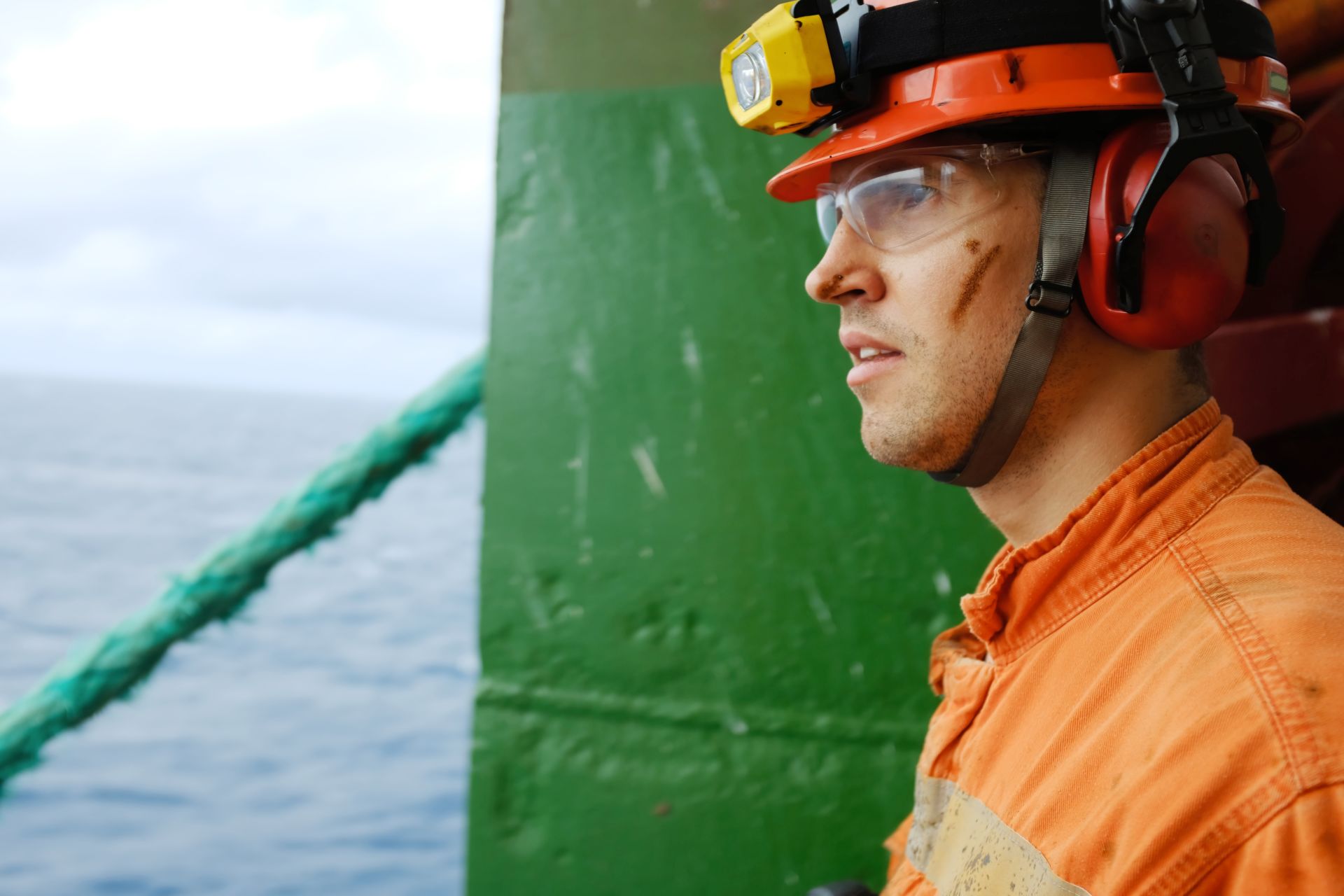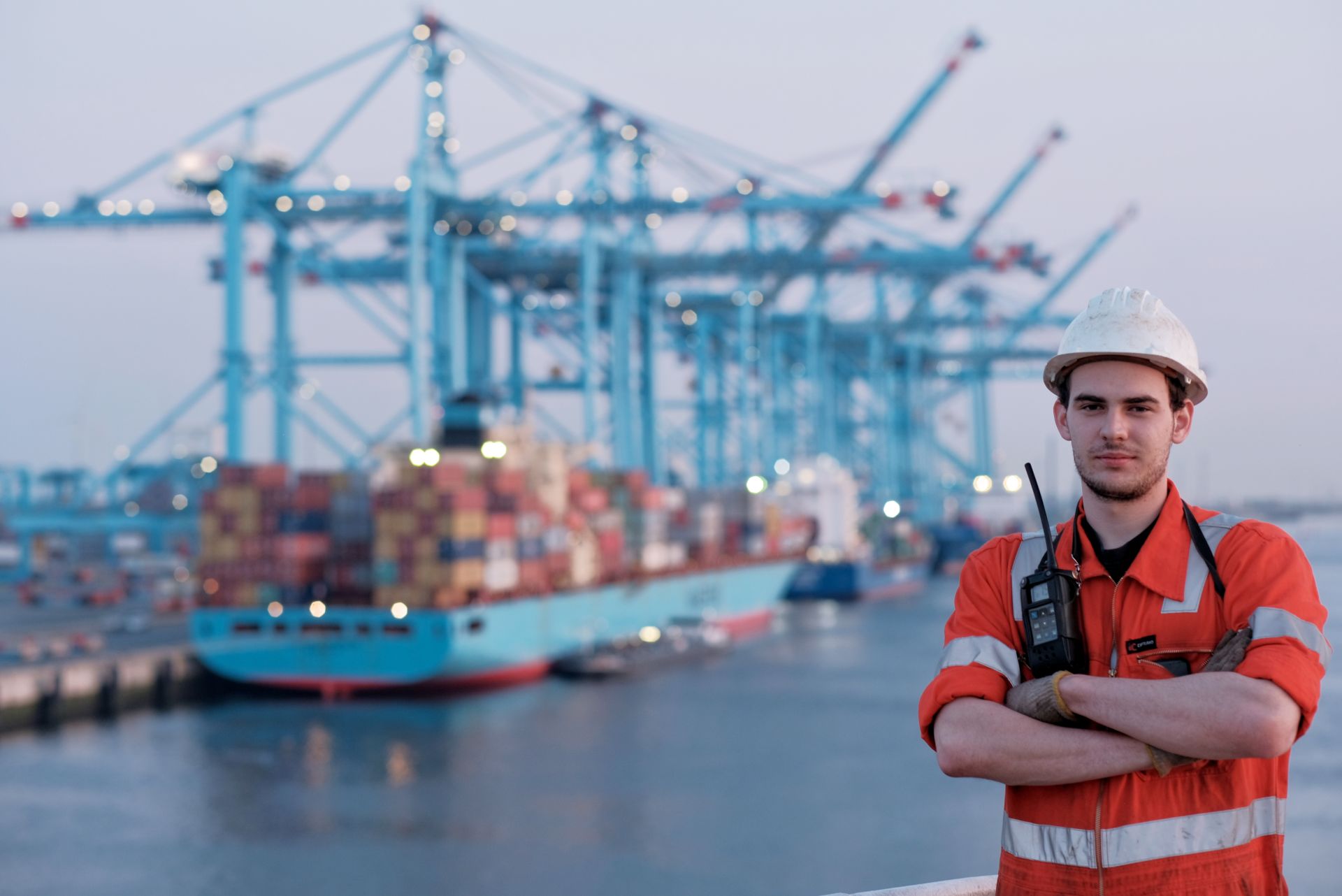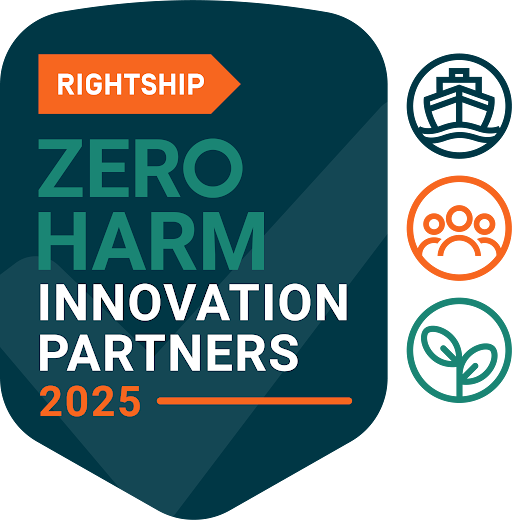Share This Article
1. Introduction
As global trade evolves and regulations become stricter, the shipping industry faces a pressing challenge: bridging the skills gap through ongoing training. Although the International Maritime Organization (IMO) has set foundational standards through the Standards of Training, Certification, and Watchkeeping (STCW), current market demands outpace what traditional approaches can cover. Recent surveys indicate that many shipping companies struggle to find enough qualified officers and crew to operate increasingly complex vessels—leading to safety, regulatory, and operational risks.

2. Defining the Maritime Skills Gap
3. Why Continuous Training Matters
4. Identifying Core Training Needs
The foundation of any effective maritime training strategy lies in recognizing the diverse skill sets that modern shipping operations demand. While technical vs. soft skills in shipping is often framed as a debate, the truth is that both are critical—especially as digital transformation reshapes traditional maritime roles.
4.1. Technical Skills
4.2. Digital Skills
4.3. Soft Skills

Follow our school on social
5. Implementing Effective Training Strategies
Translating theoretical insights into practical continuous training programs requires a balance of modern technology and time-tested learning approaches. Below are several methods that shipping companies and training providers can adopt to equip seafarers for the complexities of modern maritime operations:
5.1. Blended Learning
5.2. Mentorship Programs
5.3. Gamification
5.4 Regular Skill Assessments
5.5 Online Seafarer Training Platforms

6. The Future of Maritime Training
As maritime regulations and shipping technologies continue to evolve in tandem, adaptive learning techniques powered by AI and big data are poised to play a prominent role in the next generation of training programs. Rather than relying on one-size-fits-all curriculums, advanced algorithms can analyze individual performance metrics—ranging from simulator results to real-time onboard data—and tailor lessons to each seafarer’s strengths and weaknesses. This personalized approach not only accelerates skill acquisition but also ensures that crews remain up to date with industry-wide changes as they happen.
7. Conclusion and Takeaways
Bridging the skills gap in modern shipping requires a concerted focus on continuous, online, and digital training. As vessels become increasingly complex and regulatory standards grow more stringent, well-trained crews are essential—not only for ensuring safety but also for boosting overall operational efficiency and compliance. By embracing emerging technologies, updated curricula, and ongoing professional development, shipping companies can nurture a resilient workforce capable of adapting to rapid industry changes.




